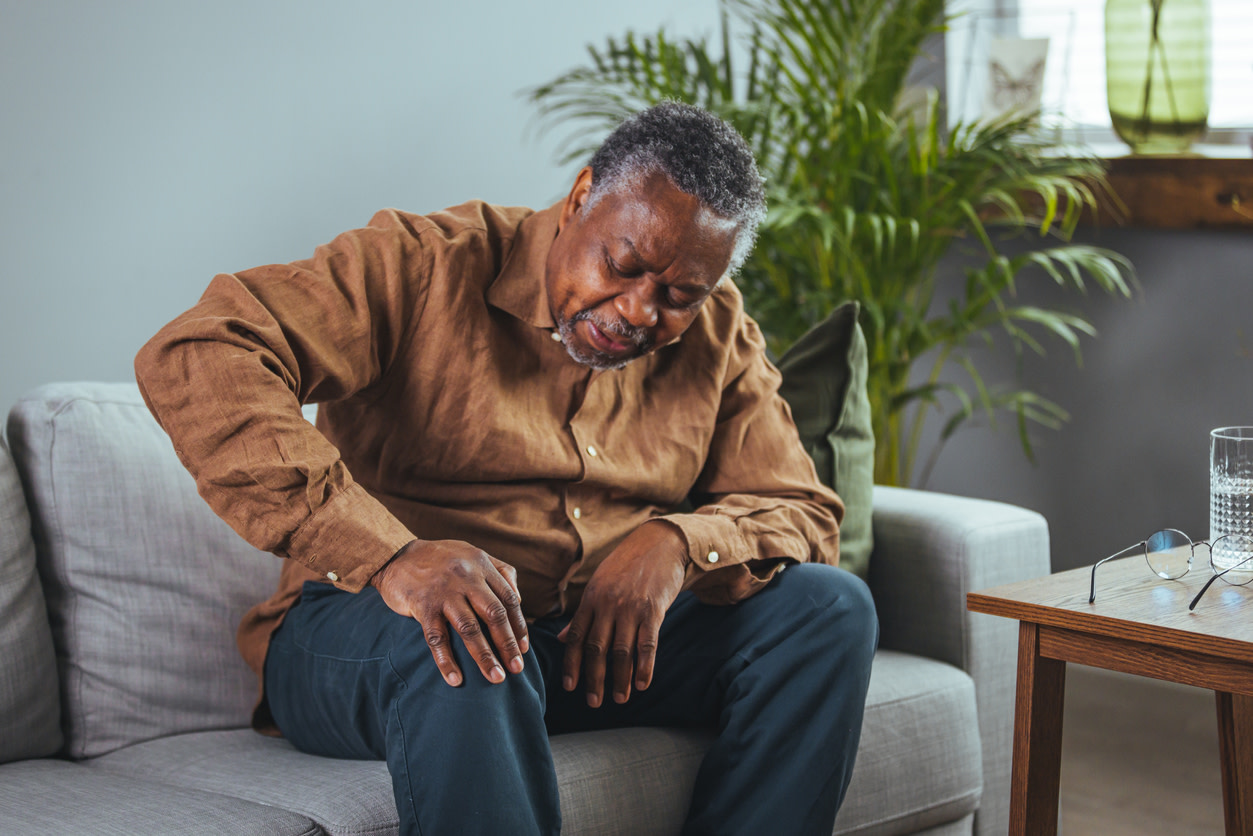Gout in the knee: symptoms, causes, treatments, and exercises
Learn about gout in the knee and get exercises and tips from physical therapists to reduce discomfort and stay active.
0$ coût pour toi
Date de Publication: Jan 2, 2025
Le sommaire
Fully covered knee pain relief
Find relief from knee pain, knee locking, stiff knees, & more.
Check if I'm eligibleExercises for gout in the knee
Want expert care? Check if you're covered for our free program →- Ankle Pumps
- Heel Slides
- Quad Stretch
- Hamstring Stretch
- Sit to Stand
- Squats
- Straight Leg Raises
